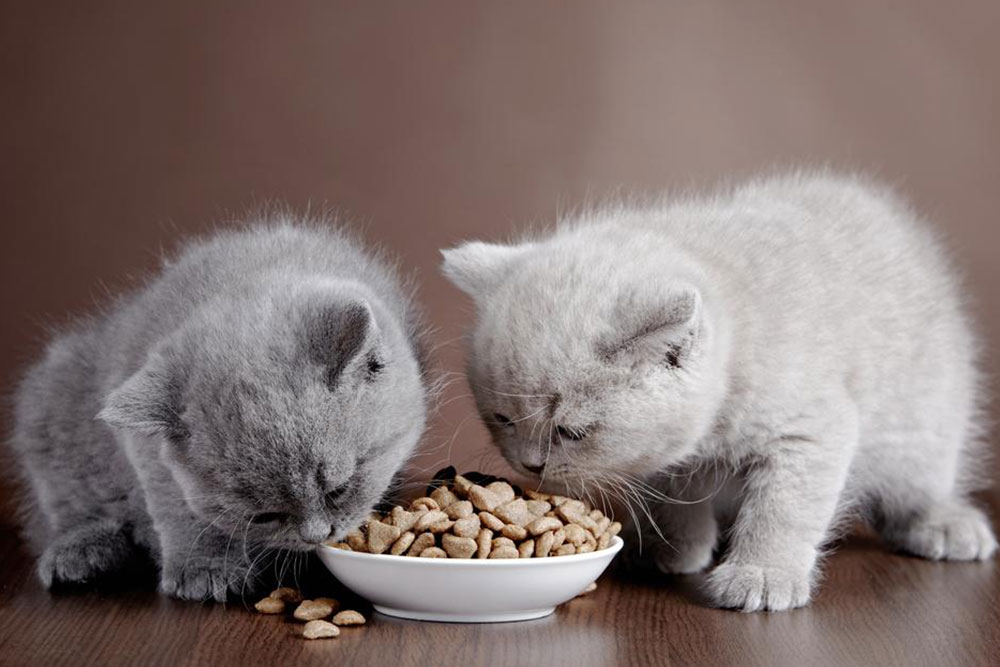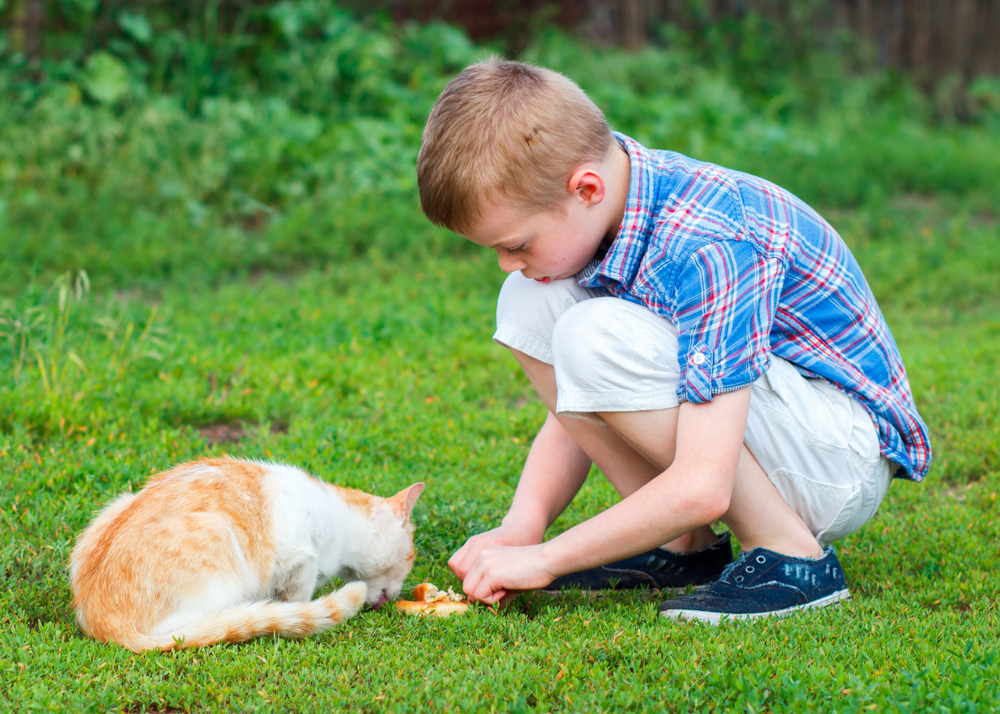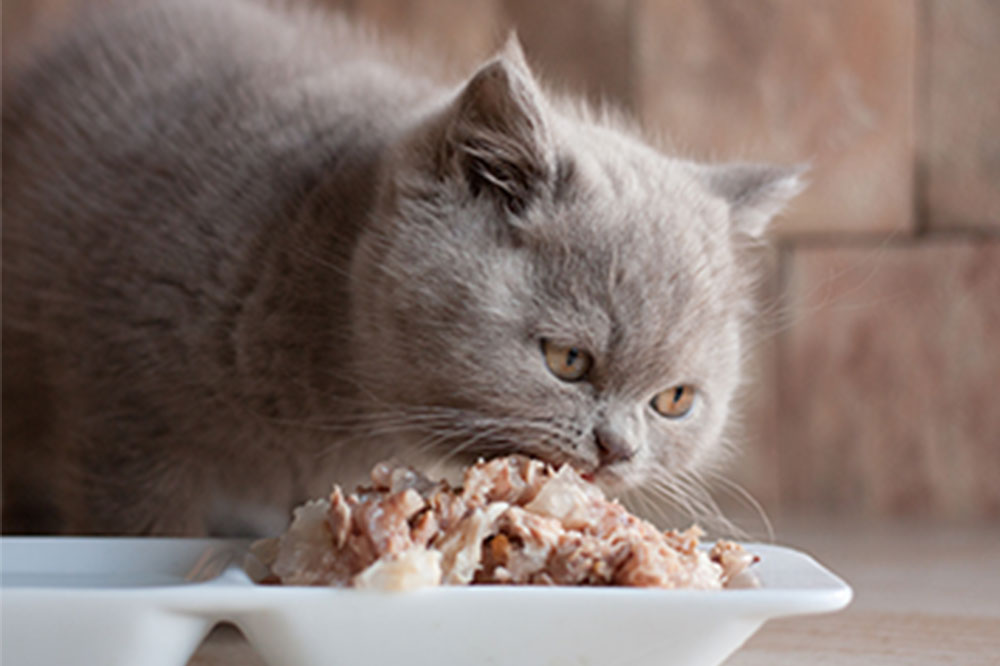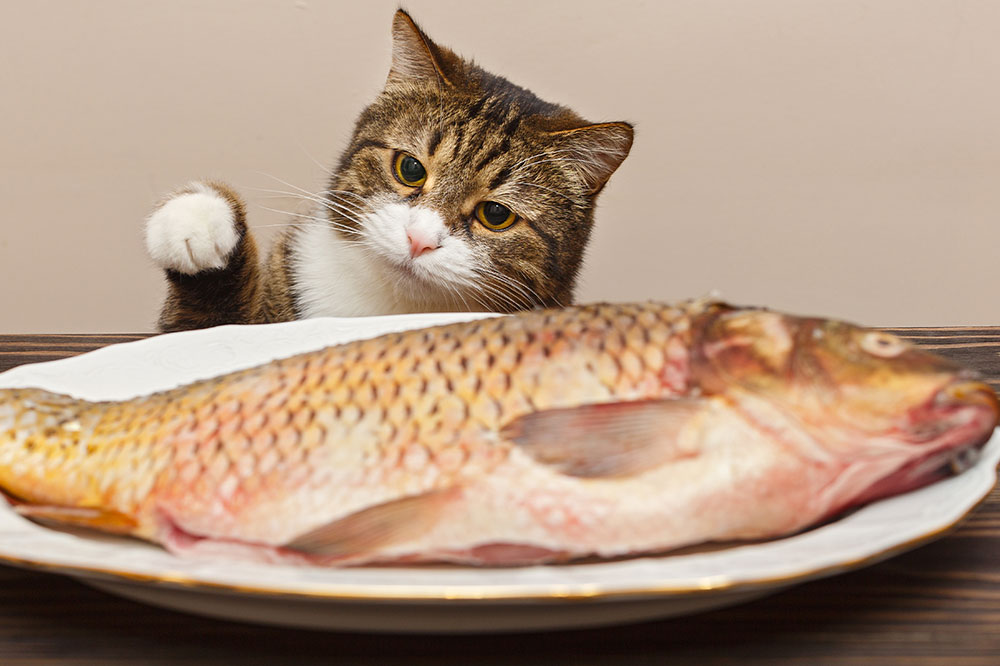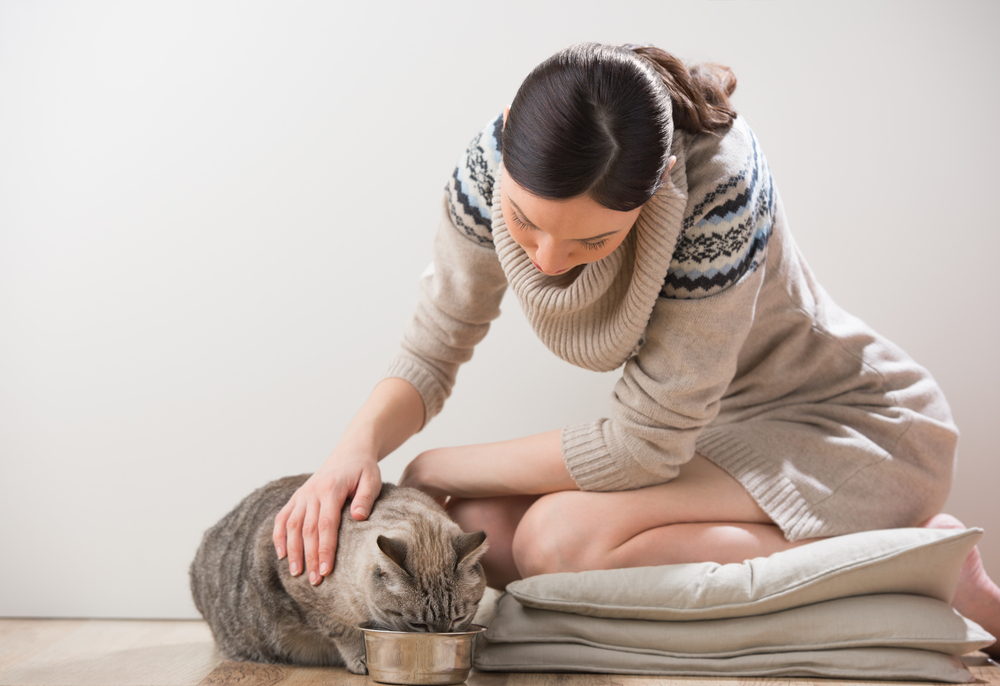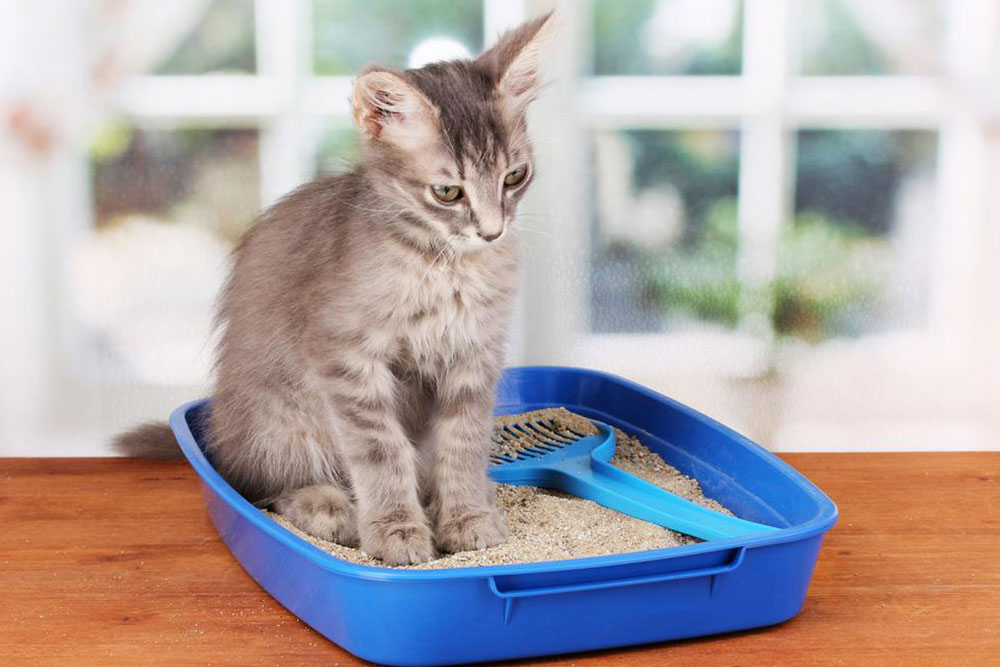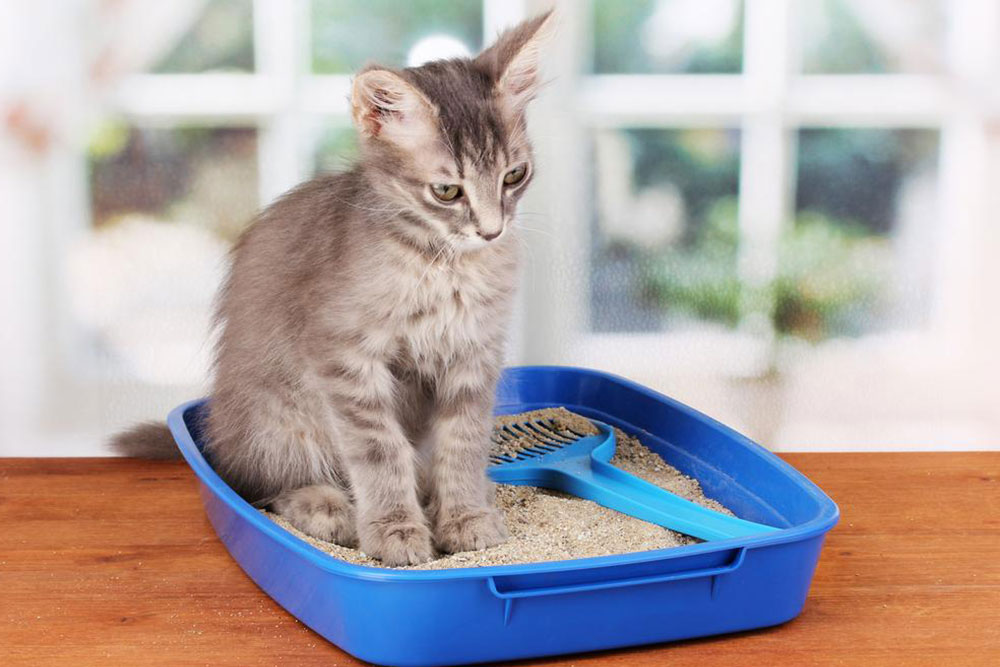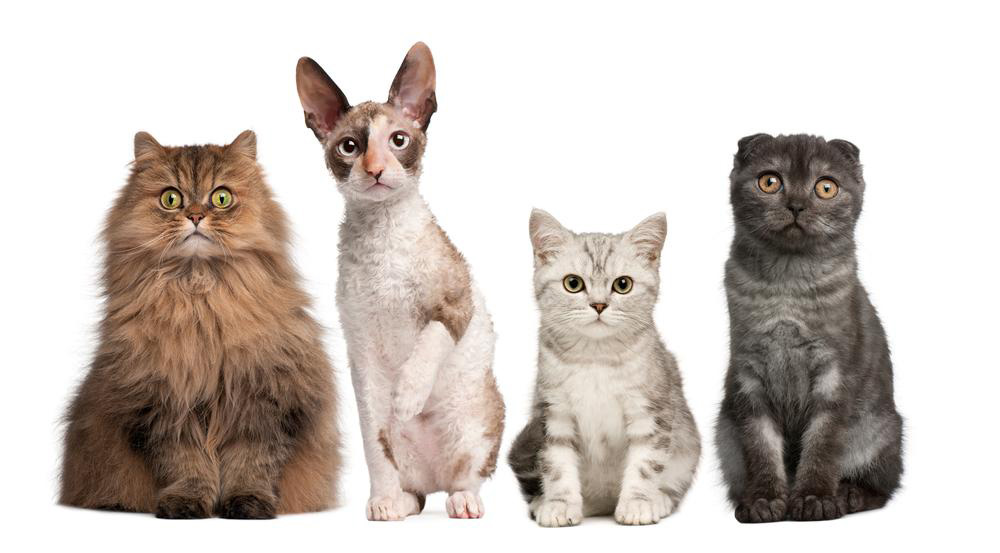Essential Tips for Selecting the Right Cat Food
Choosing the right cat food requires attention to ingredients, labeling, and nutritional value. Opt for high-quality, preservative-free options with meat-focused content and minimal grains. Consult veterinarians to select between dry, wet, or raw diets suited to your cat's needs. Understanding labels and ingredient lists can help ensure your feline gets the best nutrition. Budget considerations also play a role in choosing the right product. This guide aims to help pet owners make informed decisions for their cats' health and happiness.

Key Factors to Consider When Choosing Cat Food
Selecting the appropriate food for your feline companion can be overwhelming, given the multitude of brands and options available. As pets are family members, providing them with high-quality nutrition is crucial. Look for cat foods that emphasize meat as the primary ingredient, with minimal grains such as corn, wheat, or soy, which are high in carbs.
Opt for canned options that are free from preservatives, even if it means a shorter shelf life. Cat food reviews often highlight that quality canned products should demonstrate a solid safety record and compliance with regulatory standards to ensure your pet’s health.
Understanding product labels is essential, whether the food is canned or packaged. The FDA (Food and Drug Administration) provides guidelines on pet food labeling, which should include details such as the product name, manufacturer’s info, ingredient list, guaranteed analysis, nutritional adequacy statement, feeding instructions, calorie content, and other relevant information.
Labels offer valuable insights into the product's quality, but additional considerations are necessary to choose the best food for your cat, as reflected in numerous online reviews.
Dry vs. Wet Food: The debate over which is better can be confusing since both have their benefits. Some vets recommend dry kibble, while others emphasize wet food. Consult your veterinarian to determine the most suitable option for your feline friend.
Raw vs. Processed Food: Popular pet websites favor raw or dehydrated raw diets, which mimic natural prey and may be more appealing to cats than processed options.
Byproducts in Food: While some may be concerned, byproducts like bones, fur, and organs are natural parts of a cat’s diet in the wild, making their inclusion less problematic.
Budget Considerations: Ultimately, your choice depends on your budget, balanced with the nutritional needs of your cat and the factors mentioned above.
Note:
This blog offers a wide range of information across categories for your convenience. Use the insights and research provided, but remember they are not definitive. The site cannot be held responsible for discrepancies or inaccuracies across other sources or for unlisted deals and offers you may find elsewhere.

